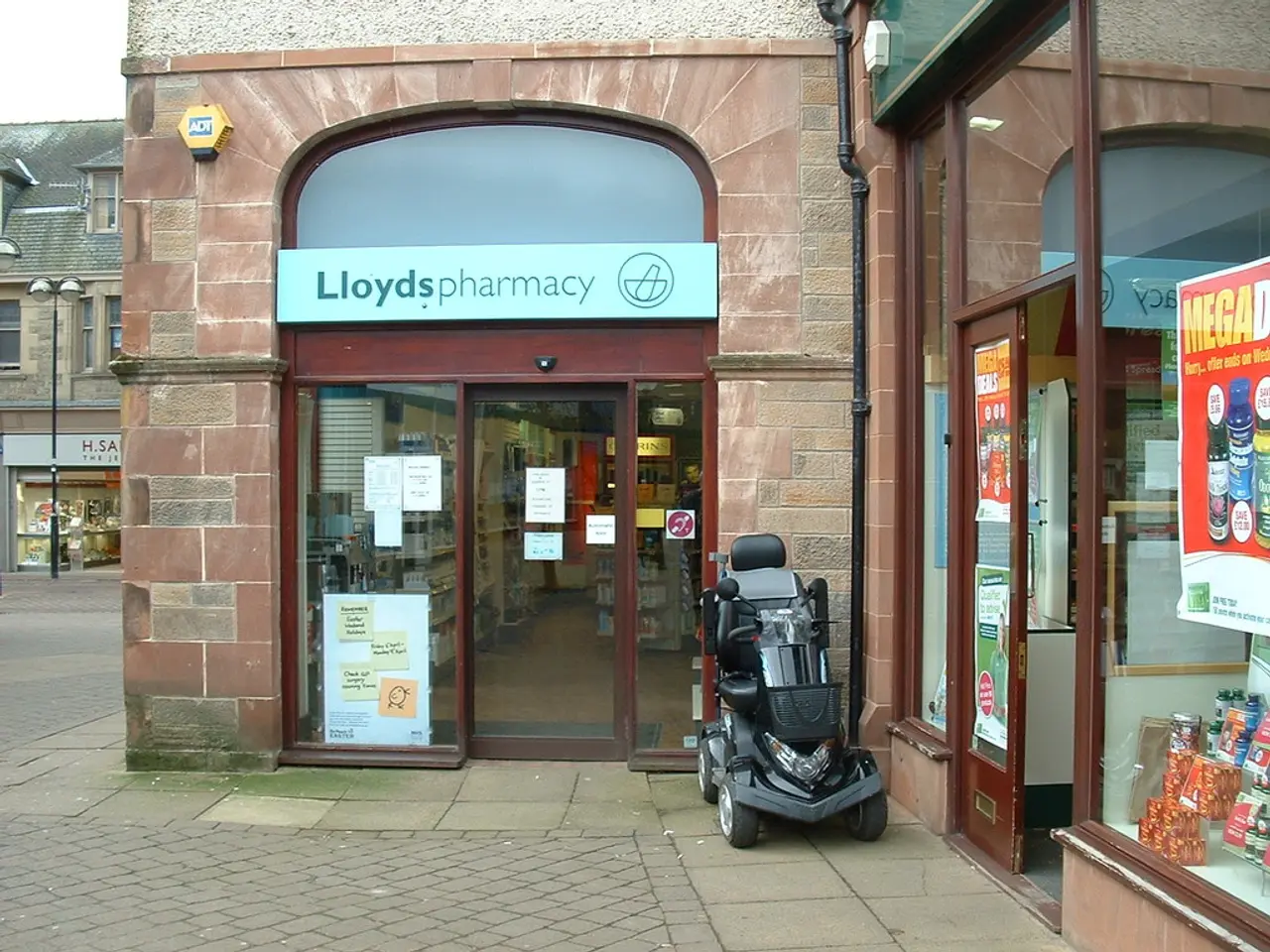Methods for secrecy when acquiring emergency contraception (Plan B)
Plan B One-Step, a common emergency contraceptive, contains 1.5 mg of levonorgestrel, a progestin hormone. It is primarily effective when taken within 72 hours (3 days) after unprotected sex, delaying or preventing ovulation. The effectiveness is highest within 24 hours and decreases over the next two days, reducing pregnancy risk by about 81–90% when used within that window [1][2][4].
On the other hand, emergency contraceptives with ulipristal acetate, such as Ella, are progesterone receptor modulators. They can prevent or delay ovulation even after the luteinizing hormone (LH) surge that triggers ovulation has begun. This makes ulipristal acetate effective up to 120 hours (5 days) after unprotected intercourse without decreasing efficacy over time, lowering the chance of pregnancy by about 85% or more when taken as directed [1][2][4].
The primary differences between these two types of emergency contraceptives lie in their active ingredients, timing of effectiveness, and mechanisms of action. For instance, levonorgestrel is effective mainly within 72 hours, while ulipristal acetate works effectively for up to 5 days after sex [1][4]. Additionally, ulipristal acetate can delay ovulation even after the LH surge has begun, while levonorgestrel is less effective in such cases [1][4].
Other differences include interactions with hormonal contraception, use in breastfeeding, and availability. Ulipristal acetate may interfere with ongoing hormonal contraceptive methods and requires timing adjustments for restarting them, whereas levonorgestrel does not have this interaction as strongly [3][4]. Levonorgestrel is typically safe for breastfeeding women, whereas ulipristal acetate users are advised to discard breast milk for one week after taking it [4]. Plan B is available over the counter, whereas ulipristal acetate (Ella) generally requires a prescription [4].
Other emergency contraceptive options include the copper IUD, which acts by preventing fertilization and implantation and can be inserted up to 5 days after unprotected sex, offering highly effective long-term contraception, though it requires a clinic visit [4].
Common side effects of Plan B include nausea, stomach cramps, dizziness, tiredness, diarrhea, headache, and breast tenderness. It is essential to seek medical attention if painful stomach cramps occur after taking Plan B, or if there are uncertainties about whether it can be taken with other medication, or if pregnancy is suspected [5].
Ella, an alternative to Plan B, contains a different active ingredient (ulipristal acetate) and may be more effective in preventing pregnancy, especially beyond the 72-hour window of levonorgestrel-based contraceptives [1][2][4]. However, it's important to note that some medications, including certain antibiotics, antifungals, HIV medications, antiseizure medications, St John's Wort, and Ella itself, can interact with Plan B and should be avoided [6].
In conclusion, understanding the differences between emergency contraceptives like Plan B and Ella can help individuals make informed decisions about their reproductive health. It's crucial to consider factors such as effectiveness, timing, side effects, and individual circumstances when choosing an emergency contraceptive.
[1] FDA. (2013). Emergency Contraception Fact Sheet. Retrieved from https://www.fda.gov/media/80563/download
[2] Planned Parenthood. (2022). Emergency Contraception. Retrieved from https://www.plannedparenthood.org/learn/birth-control/emergency-contraception
[3] Bedsider. (2022). Ulipristal Acetate (Ella). Retrieved from https://www.bedsider.org/methods/emergency-contraception/ulipristal-acetate-ella
[4] Mayo Clinic. (2022). Emergency contraception: After the fact. Retrieved from https://www.mayoclinic.org/healthy-lifestyle/sexual-health/in-depth/emergency-contraception/art-20046345
[5] Planned Parenthood. (2022). Side effects of emergency contraception. Retrieved from https://www.plannedparenthood.org/learn/birth-control/emergency-contraception/side-effects-of-emergency-contraception
[6] Planned Parenthood. (2022). What drugs can affect emergency contraception? Retrieved from https://www.plannedparenthood.org/learn/birth-control/emergency-contraception/what-drugs-can-affect-emergency-contraception
- In the realm of health-and-wellness, it's important to acknowledge that science has developed predictive methods to combat various health issues, such as obesity, Alzheimer's, COPD, and even unintended pregnancy.
- Emergency contraceptives like Plan B and Ella, standing as examples, have distinct mechanisms, ingredients, and timings that make them unique in addressing unplanned pregnancies.
- Plan B, a levonorgestrel-based contraceptive, is most effective when taken within 72 hours (3 days) after unprotected sex, while Ella, containing ulipristal acetate, can prevent pregnancy for up to 120 hours (5 days) subsequently taken.
- Beyond emergency contraceptives, there are other options available, like the copper IUD, which provides long-term contraception when inserted within 5 days after unprotected sex.




